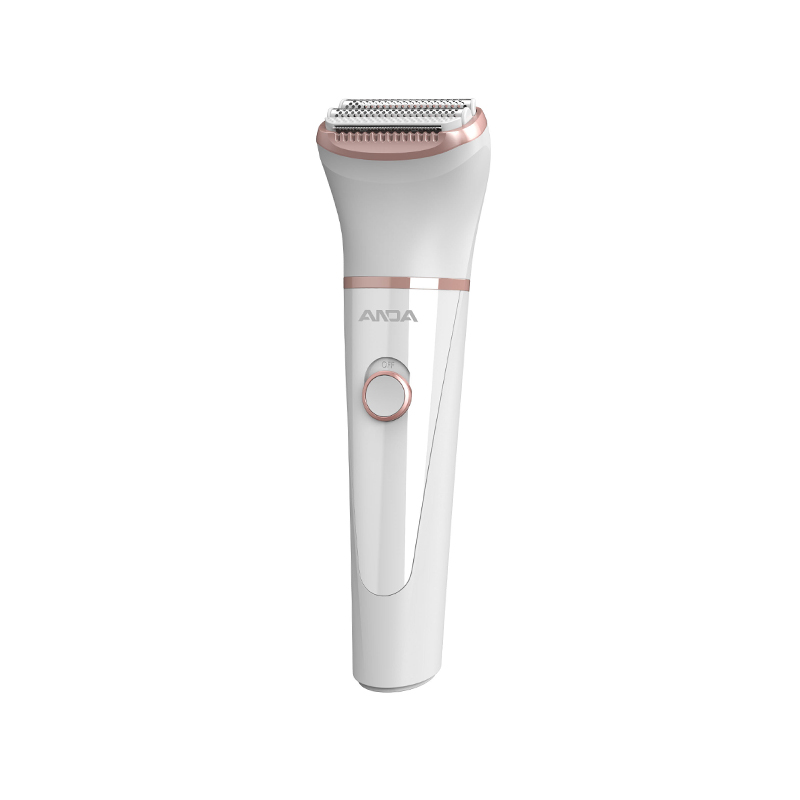 2025.05.23
2025.05.23
 Industry News
Industry News
Understanding the Diversity of Skin and Hair Types
Not all skin behaves the same way, and hair varies widely in texture, density, and growth patterns. From dry or sensitive skin to thick, coarse, or fine hair, women experience a broad range of conditions that can influence the success and comfort of hair removal. This diversity naturally causes a critical question: can a women’s electric epilator effectively and safely address such varied needs?

How Epilators Work and Why Skin Type Matters
A women’s electric epilator removes hair by mechanically grasping multiple hairs and pulling them out from the root. While this technique delivers longer-lasting smoothness than shaving, it may not be equally suitable for all skin types. Individuals with sensitive or very dry skin may experience redness, irritation, or mild inflammation after use, especially during sessions. However, many modern epilators are designed with hypoallergenic materials, speed settings, and massage attachments that aim to reduce discomfort and cater to delicate skin.
Compatibility With Oily, Normal, and Combination Skin
For users with normal, oily, or combination skin, electric epilation is generally well tolerated. Oily skin, which naturally has more lubrication, may actually benefit from the pulling motion of the epilator. Still, proper pre-treatment, such as cleaning the skin and lightly exfoliating, is essential to avoid clogged pores or post-use breakouts. Many users find success when using epilators after showering, as warm water opens pores and softens hair, making removal gentler on the skin.
Addressing Sensitive or Hyperpigmented Skin Concerns
Women with conditions such as eczema, rosacea, or hyperpigmentation should consult a dermatologist before using a women’s electric epilator. In some cases, the pulling motion may cause additional irritation or darkening in already inflamed areas. However, epilators can still be used safely with proper technique and tools. Devices with cooling caps, anti-irritation coatings, or built-in LED lights for precise targeting are often recommended for such users.
Effectiveness Across Hair Types
The performance of an epilator can vary depending on hair type. For fine or light-colored hair, epilators can efficiently remove strands without much discomfort. However, coarse or curly hair may require multiple passes or a more powerful motor to ensure complete extraction. Advanced models feature wider heads, dual-speed settings, and specially shaped tweezers designed to grip stubborn or deeply rooted hairs. For extremely dense areas, users might find it helpful to trim hair before epilating.
Dealing With Ingrown Hairs and Uneven Growth
Regardless of hair or skin type, one common concern is ingrown hairs. These occur more frequently with coarse, curly hair or dry skin. While women’s electric epilators can help reduce the frequency of shaving (a common cause of ingrowns), they can also contribute to them if the skin isn’t properly exfoliated. Regular exfoliation, moisturizing, and post-epilation care are vital steps to minimize such issues, especially for those with naturally curly or wiry hair textures.
Conclusion
In general, women’s electric epilators are suitable for a wide range of skin types and hair textures, but individual experiences can vary. Those with very sensitive skin or extremely coarse hair may need to be more selective when choosing a model, focusing on features like speed control, ergonomic design, and attachments for sensitive areas. With proper technique and skincare, users can integrate epilation into their routine safely and effectively, regardless of their natural skin or hair characteristics.